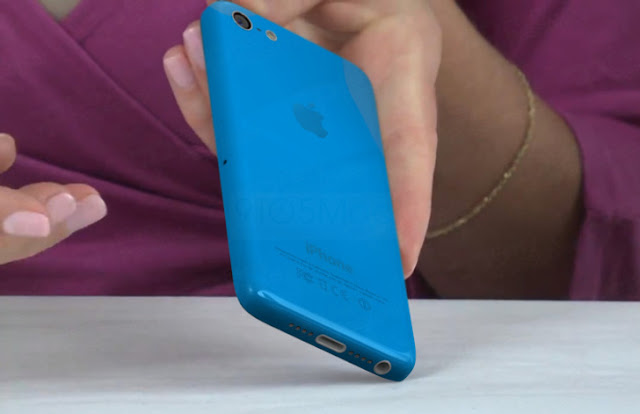
Samsung’s Galaxy Note II smartphone will arrive on shelves at China Mobile in the not too distant future, as it has apparently been made official in the country, and packs a Snapdragon 600 processor inside.
The handset sports model number GT-N7108, and will be released in China with support for TD-SCDMA, W-CDMA, TDD-LTE, and FDD-LTE connectivity (thanks to Qualcomm’s processor, it seems). The smartphone also features a 5.5-inch 720p touchscreen display, 2GB of RAM, 16GB of internal memory, a microSD memory card slot for additional storage space, a 3100mAh battery inside, and Google’s Android 4.1.2 Jelly Bean platform loaded on top.
Furthermore, the Galaxy Note II arrives at China Mobile with an 8-megapixel photo snapper on the...



 7/29/2013 08:07:00 PM
7/29/2013 08:07:00 PM
 dannzfay
dannzfay















